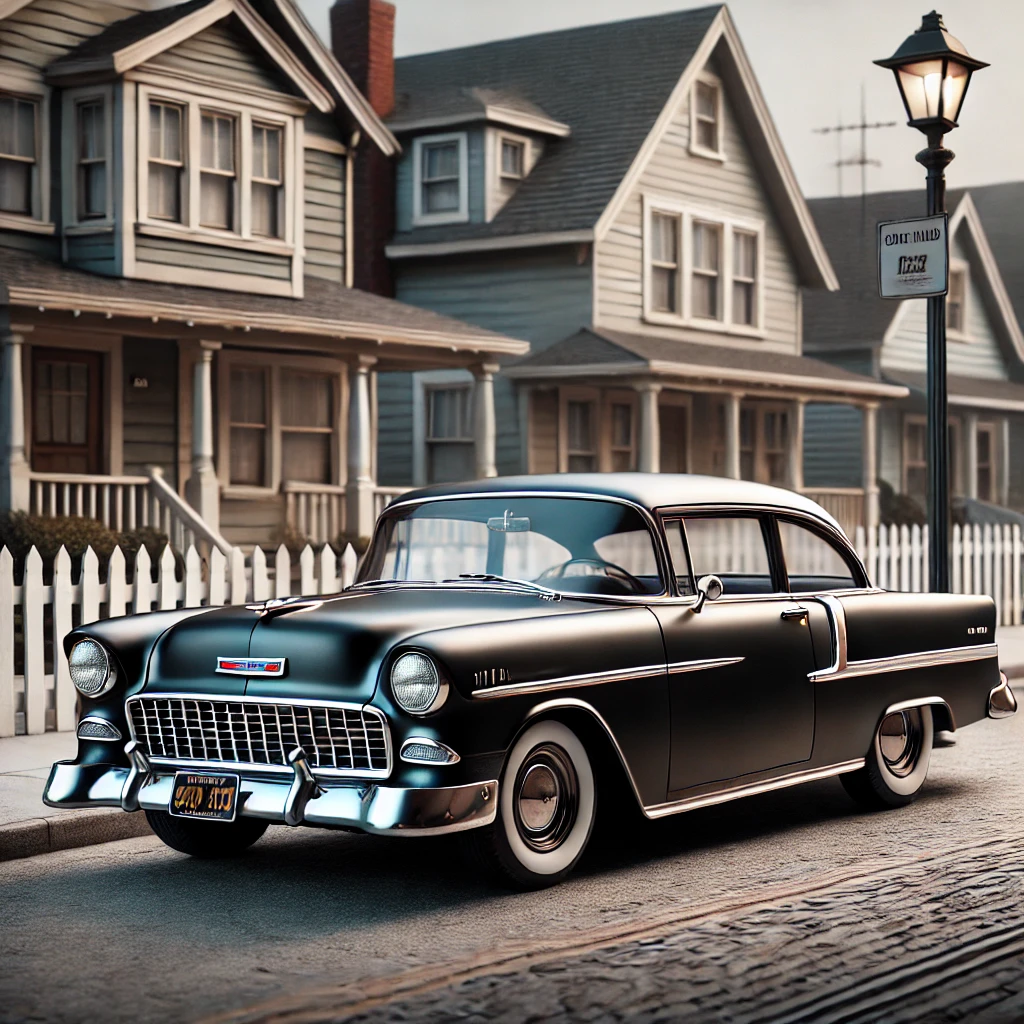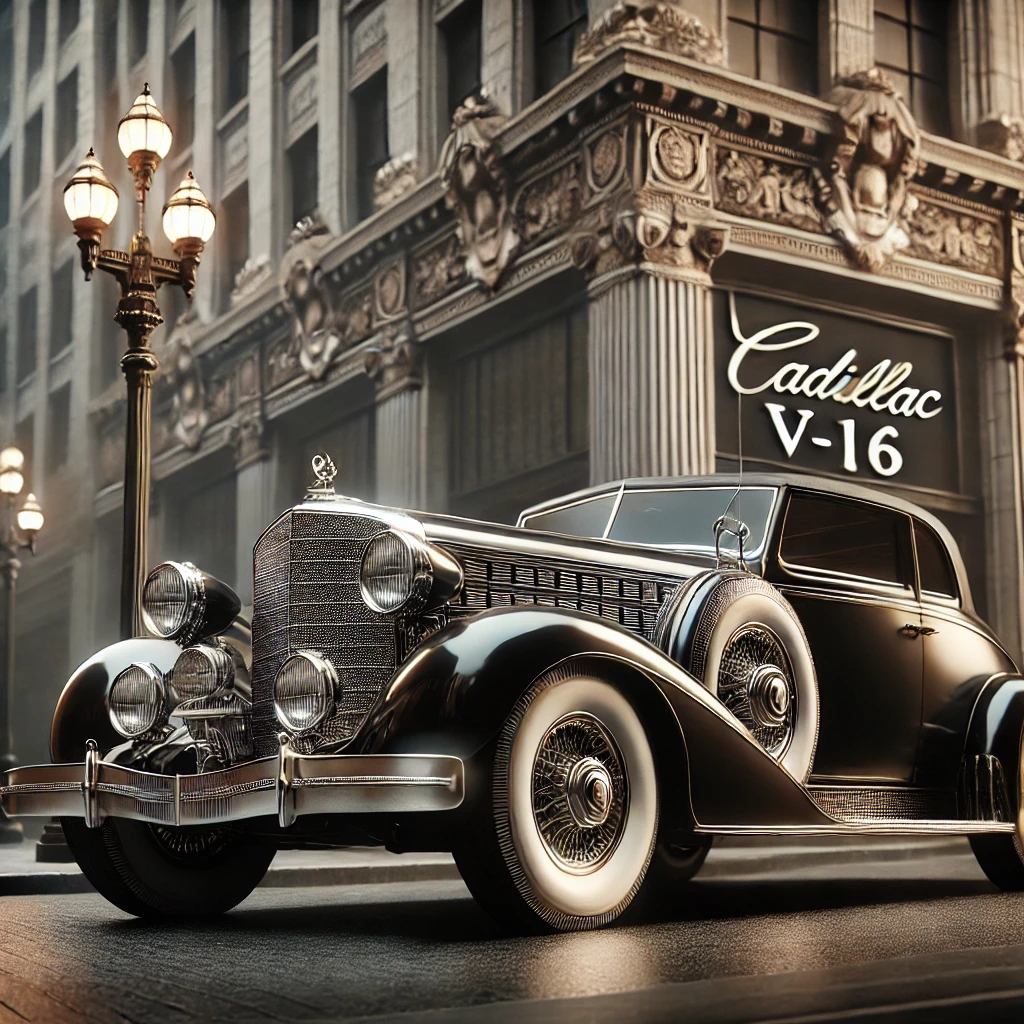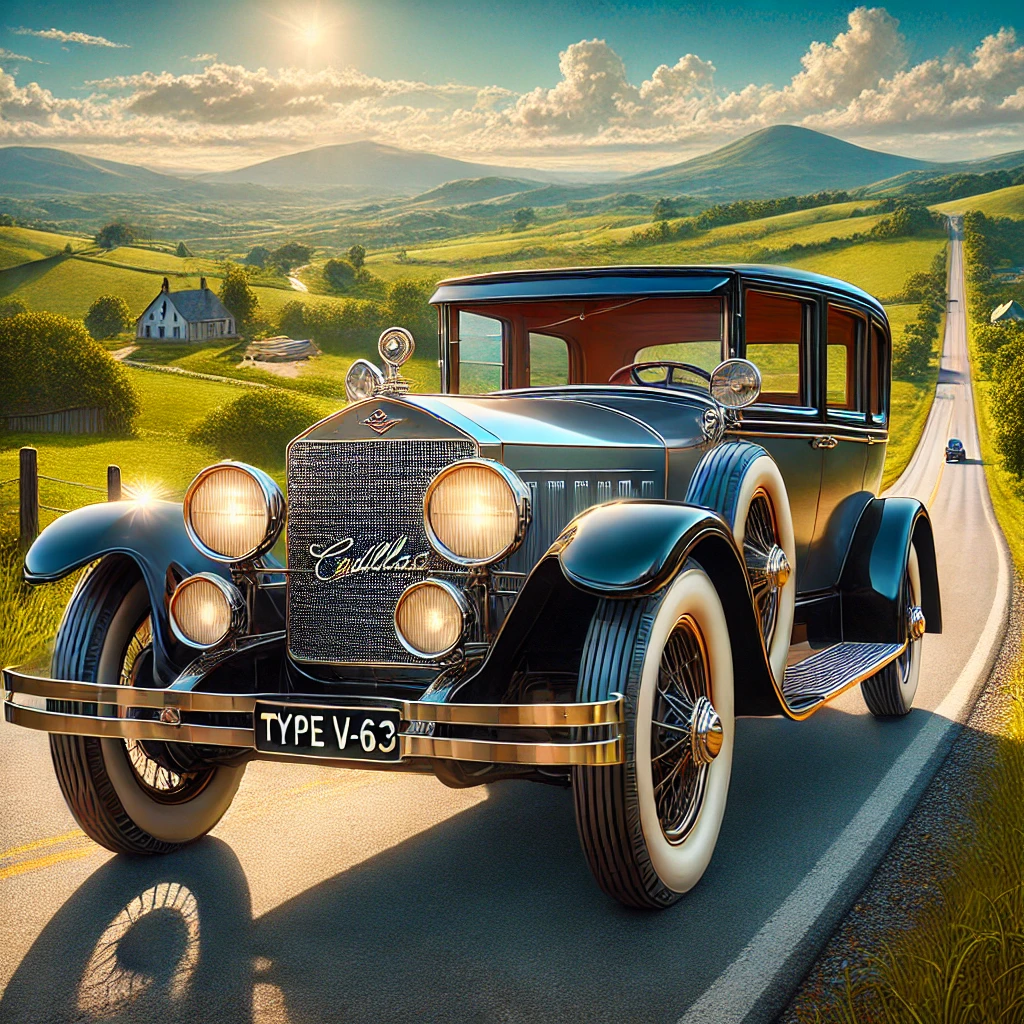Classic Cars
Vintage Cars
BMW 3/15: BMW’s First Production Car and a Milestone in Automotive History
BMW (Bayerische Motoren Werke) is widely recognized today as a premier automotive brand, but the company’s origins lie in the production of engines and aircraft parts. BMW’s first significant step into the automotive industry came in 1929 with the release of the BMW 3/15. This model is considered BMW’s first mass-produced car and laid the foundation for the company’s future success.
The History of the BMW 3/15
The story of the BMW 3/15 began in 1928, when BMW acquired the Eisenach Factory in Germany. At this factory, BMW began producing the Dixi 3/15 DA-1, which was based on the British Austin 7 model through a licensing agreement with the Austin Motor Company. After acquiring the Dixi brand, BMW introduced its own upgrades and released the vehicle as the BMW 3/15. In Germany, this car quickly became popular as an affordable and economical model.
Technical Specifications
The BMW 3/15 had a simple, compact design. The car was powered by a 747 cc engine, producing 15 horsepower with a four-cylinder configuration, which allowed it to reach speeds of up to 75 km/h—sufficient for the era. The “3/15” name represented the car’s tax horsepower and actual horsepower: “3” denoted the tax horsepower, and “15” represented the actual power produced by the engine. The four-speed manual transmission also allowed easy control of the vehicle.

The 3/15 was produced in three different versions:
- DA-1: The first model, which closely resembled the Austin 7 in design.
- DA-2: Featured improvements in the suspension system and included brakes on the rear wheels.
- DA-3 Wartburg: Designed for sports performance, this model was a single-door, convertible sports version and is considered a precursor to BMW’s future sports cars.
Design and User Experience
With its compact size and simple interior design, the BMW 3/15 quickly gained popularity. It appealed to young drivers and those in urban areas, as it was priced within reach of the general public in 1920s Germany. The car’s lightweight build and simple design improved fuel efficiency, making it a practical option for the economic conditions of the time. Additionally, its solid, reliable construction earned the trust of drivers, further enhancing its popularity.
Significance for BMW and Legacy
As BMW’s first automobile model, the 3/15 represented a major step forward for the company in the automotive industry. This model allowed BMW to establish itself in the automotive market and gain confidence in its engineering capabilities. The BMW 3/15 embodied the company’s commitment to engineering quality and innovation, values that would shape BMW’s future as a global leader in luxury and sports car segments.
Today, BMW is known for its advanced engineering and high-performance vehicles. The BMW 3/15 stands as an iconic model that represents the company’s humble beginnings and showcases how it evolved despite challenging circumstances.











Leave a Reply